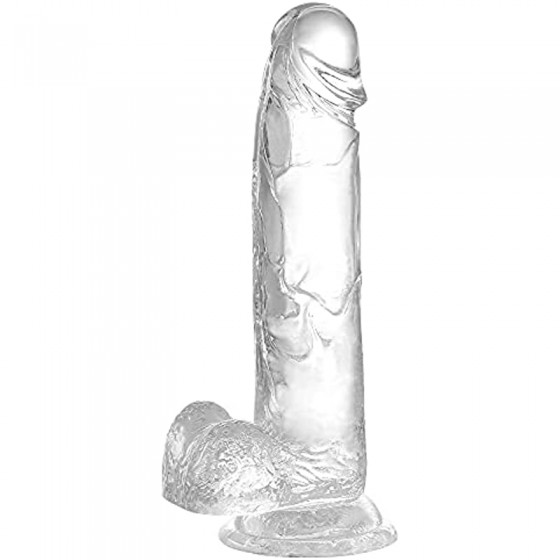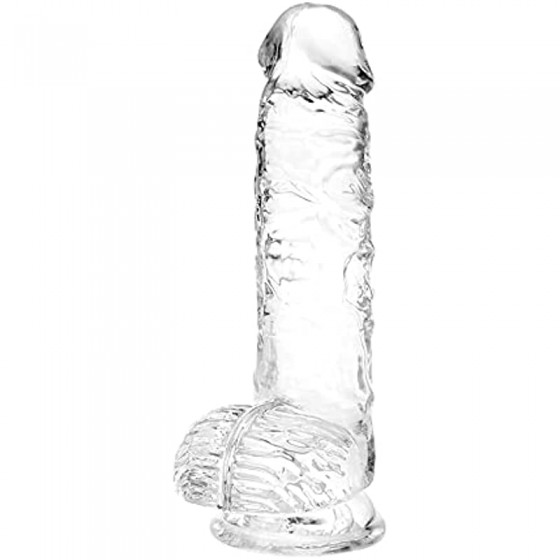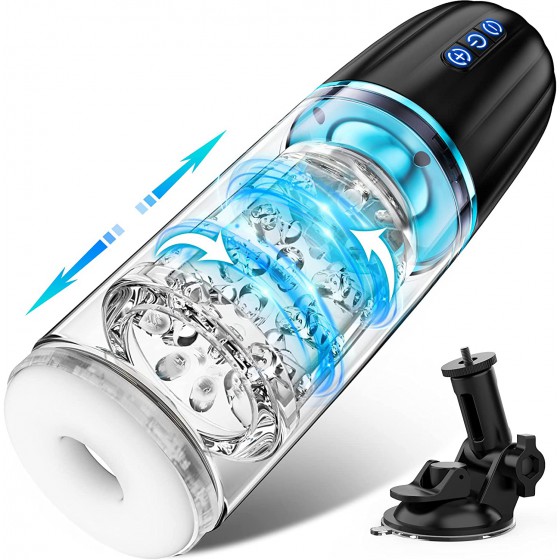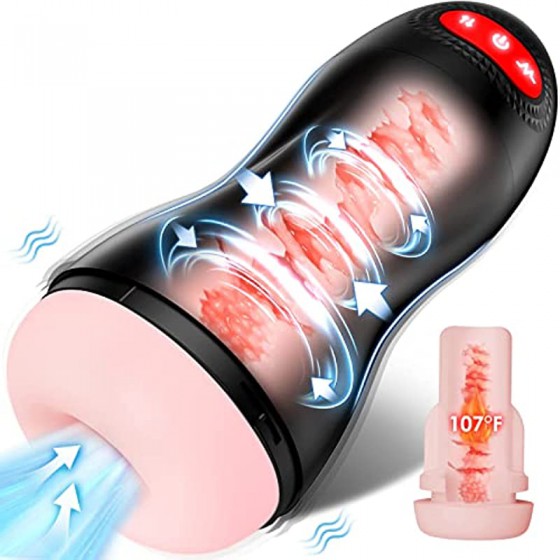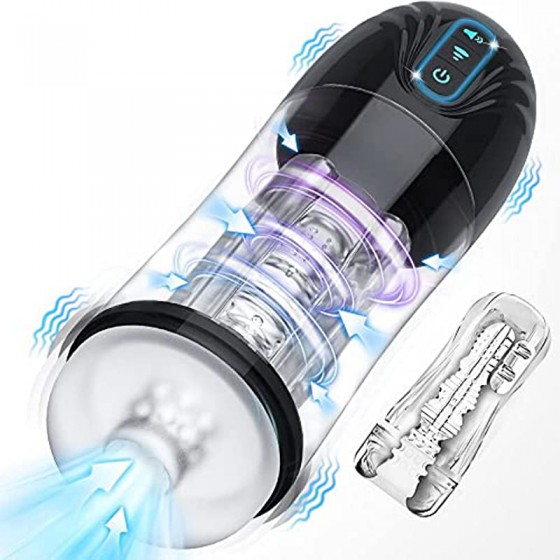What is the relationship between leucorrhea and ovulation in women?
Leucorrhoea is a barometer of women’s health, and it is related to changes in endocrine hormones in the body. So, what does it mean for women to have leucorrhea? Friends who are not sure can follow the editor to find out.
Leukorrhea is not “easy”
Leucorrhea is medically known as vaginal discharge. Normally it is white, and occasionally it is light yellow and flocculent. Many women ignore leucorrhea, but they do not know that leucorrhea is closely related to pregnancy and is a barometer of women's health.
Statement: The picture comes from the Internet. If there is any infringement, please inform us
Leucorrhea contains lactobacilli, lysozyme and antibodies, so it can inhibit bacterial growth. However, when the body's immunity is low, endocrine hormones change, or external factors such as tissue damage or sexual intercourse destroy the ecological balance of the vagina, these resident flora will become pathogenic bacteria, break through the vaginal barrier and cause infection.
Routine leucorrhea examination is a physical examination related to women's physiological hygiene. It determines whether women have abnormal leucorrhea through five examinations, including vaginal pH value, vaginal cleanliness, and vaginal microbial examination. The operation of routine leucorrhea examination is very simple. The doctor only needs to take a little secretion from the vagina. Women have almost no pain or discomfort, so don't worry.
Women’s physiological stages
Generally speaking, the vaginal touch and mucus changes during the female cycle can be divided into three phases:
Regular holidays: 4-5 days
Phase 1: 3.5 days, vaginal dryness, no mucus.
Phase 2: 3.3 days, the vagina is moist, with a little mucus, yellow or white, opaque, and sticky.
Phase 3: 3.3 days. The vagina is moist, slippery, has a lot of mucus, is protein-like, transparent and elastic.
Then it went back to Phase 2 and Phase 1: 13.5 days, returning to the previous status of Phase 2 and Phase 1.
The key is to carefully observe the changes in mucus in the third period, that is, the ovulation period. On the last day, the amount of mucus is increasing. This day is called the peak day. On that day, the leucorrhea can generally be stretched to 4~15CM, and it is not easy to break. It is clear, transparent, elastic, and egg white-like.
Ovulation occurs on the peak day or its second day. The last day of the third period has the highest probability of ovulation. Generally, you can accurately grasp your own pattern by observing the menstrual cycle for several months.
What does brushed leucorrhea mean?
Generally speaking, women’s secretions will increase during ovulation, and a transparent stringy leucorrhea will appear. The leucorrhea can be stretched very long, is not easy to break, is clear, transparent, elastic, and egg white-like.
The relationship between stringy leucorrhea and ovulation
Generally speaking, the day when the leucorrhea is the most, thinnest, and most resistant to stringing is often the day of ovulation. In Africa, contraception using abstinence during ovulation has been surprisingly successful.
Specific operation method: Dip your fingers into the leucorrhea at the vaginal opening every morning. By observing the amount and consistency of your leucorrhea, you can understand whether you are in the ovulation period when it is easy to get pregnant, and decide whether you can have sex on this day. or whether contraceptive measures are required. According to data, the effectiveness of this method can be as high as 97.8%.
However, this method is not completely safe. You can also try the following methods to monitor ovulation:
The first is the cervical mucus method. In the gynecology department of the hospital, you can determine whether you are in the ovulation period by checking the cervical mucus.
The second is the basal body temperature method: measure the body temperature after waking up every morning. Under normal circumstances, the body temperature is low during the first half of menstruation, is even lower when reaching ovulation, and will gradually rise after ovulation.
The third is to use ovulation test strips to detect: It is best to start the test on the third day after menstruation is clean. It is necessary to test every day, not to use morning urine test, until the two bars are the same depth or the second bar is deeper than the first bar, it means that you will ovulate within 24 hours.


